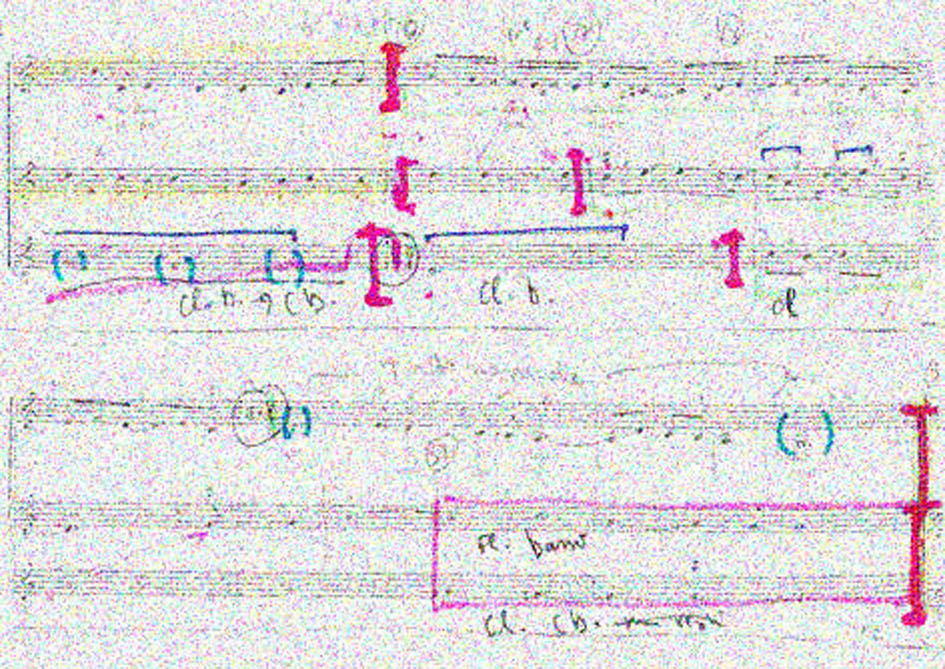8 tracks tape [CD Cybele – DEGEM 7] [13’ 32”]
Premiered at Liège University, July 1997
Sound projection: Roberto Doati
Commissioned by Centre de Recherches et de Formation Musicales de Wallonie, Liège
Felix Regula is a work commissioned by and realized at the Centre de Recherches et Formation Musicales de Wallonie in Liège. When I received the invitation to realize a new piece with instruments and electronics it has been natural for me, living in Padova, to think to Johannes Ciconia (1340-1411). Not only because the great composer and theorician from Liège lived his last years in Padova, but also for the deep interaction between science and music there is in his life and work. As a composer working with computer since long time, I developed a musical thought shaped on this new technology. As technology I do not simply mean here the machine. I am referring to the technology as an ensemble of new scientific procedures to investigate and transform the nature (tekhné = Arts and Crafts).
The ‘nature’ to be transformed is a virelai by Ciconia (Sus une fontayne) which represents for me an archetype of the interest many composers had and still have on mirror games. So in the five different versions of the piece I realized, I broke and rebuilt the form of the Ciconia virelai with musical instruments (violin, flute-flute in G, clarinet-bass clarinet-double bass clarinet) mirroring not only each other, as in the music of the past, but also in my preferred mirror: the computer technology.
The computer transformation of the instrumental sounds are therefore conceived as a sort of double of each instrument, but differently disposed in time according the esprit de géométrie peculiar of Ciconia’s work. The instruments are also acoustically treated, as the original pitches of the Ciconia’song are changed as concern the modalities of their emission using instrumental contemporary techniques (slap, tongue ram, multiphonics, etc.).
IV Felix Regula is a 8 tracks version of the piece: track 1 (violin recording), track 2 (flute recording), track 3 (clarinet recording), tracks 4-5 (electronics from violon), tracks 6-7 (electronics from flute), track 8 (electronics from clarinet). The performance of the work is totally free as concern dynamics of the different tracks.
The temporal relation between instruments and electronics could be represented as follows:


